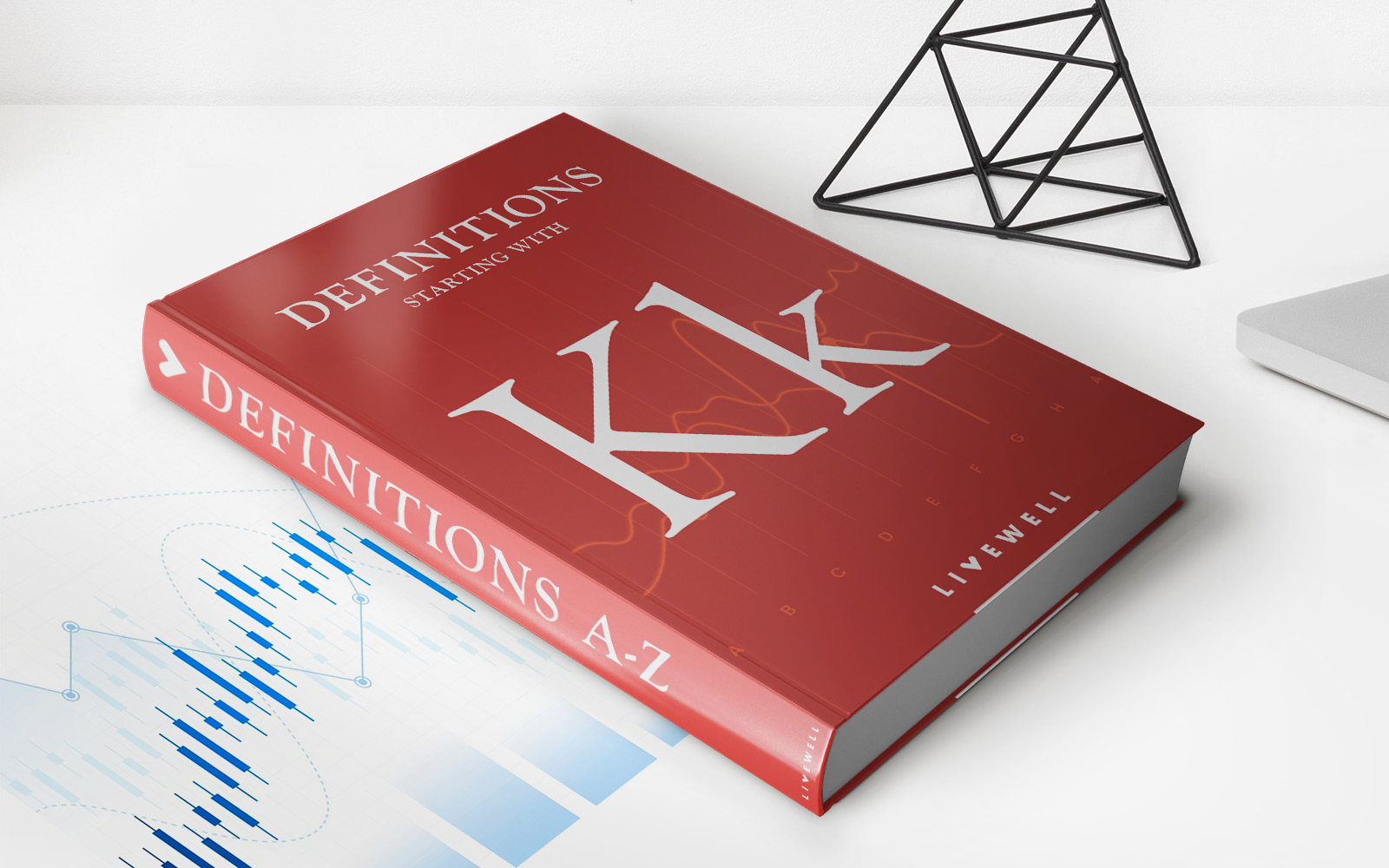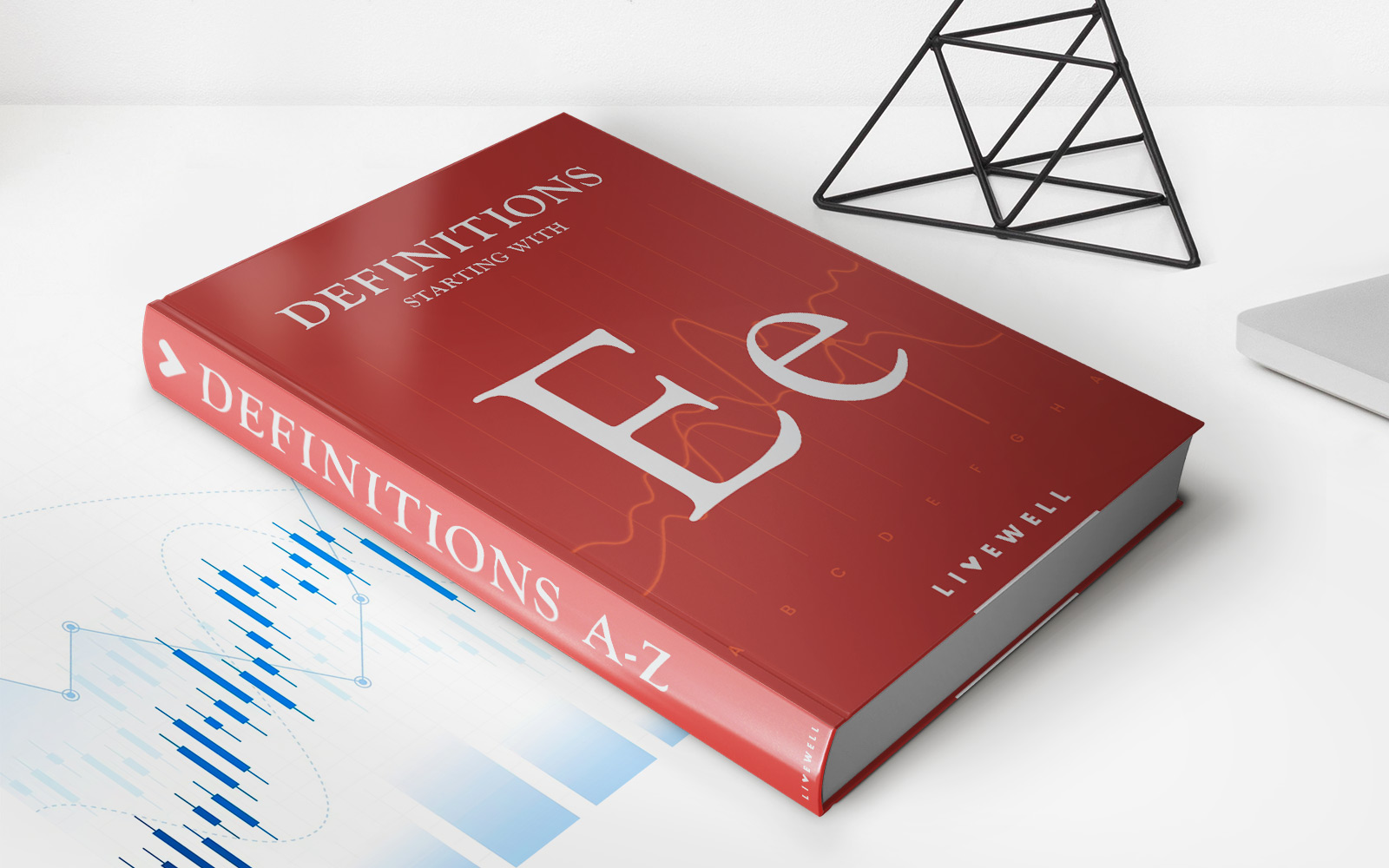

Finance
Kurtosis Definition, Types, And Importance
Published: December 16, 2023
Learn the definition, types, and importance of kurtosis in finance. Gain a deeper understanding of how this statistical measure impacts financial analysis.
(Many of the links in this article redirect to a specific reviewed product. Your purchase of these products through affiliate links helps to generate commission for LiveWell, at no extra cost. Learn more)
Demystifying Kurtosis: Understanding its Definition, Types, and Importance in Finance
When it comes to finance, there are many concepts and terms that can seem complex and overwhelming. One such term is kurtosis. Quite often, individuals who are new to the world of finance may find themselves scratching their heads, wondering what exactly kurtosis is and why it is important. In this blog post, we will demystify kurtosis by providing a clear definition, exploring its different types, and highlighting its importance in the field of finance.
Key Takeaways:
- Kurtosis is a statistical term that measures the shape and distribution of a dataset.
- There are three common types of kurtosis: mesokurtic, leptokurtic, and platykurtic.
Definition of Kurtosis:
Kurtosis is a statistical measure that describes the shape and distribution of a dataset. More specifically, it quantifies the extent to which data deviates from the normal distribution, also known as the bell curve. The term “kurtosis” is derived from the Greek word meaning “curvature.”
At its core, kurtosis allows us to understand the concentration of data points in the tails of the distribution. A positive kurtosis value indicates heavy tails, meaning that data points tend to be concentrated in the tails of the distribution, resulting in a more peaked shape. Conversely, a negative kurtosis value indicates light tails, indicating that data points are more spread out, resulting in a flatter shape.
Types of Kurtosis:
Now that we have a basic understanding of what kurtosis is, let’s explore the different types of kurtosis:
- Mesokurtic: A mesokurtic distribution is also known as a “normal” distribution. In this case, the kurtosis value is zero, indicating that the tails of the distribution have the same weight as the center. The distribution has a bell-shaped curve.
- Leptokurtic: A leptokurtic distribution has a positive kurtosis value, indicating heavy tails and a more peaked shape. This means that the distribution has fatter tails and a higher peak compared to a normal distribution.
- Platykurtic: In contrast, a platykurtic distribution has a negative kurtosis value, indicating light tails and a flatter shape. This means that the distribution has thinner tails and a lower peak compared to a normal distribution.
Importance of Kurtosis in Finance:
Now that we know what kurtosis is and understand its different types, let’s explore why it is important in the field of finance:
- Identifying Risk: Kurtosis helps finance professionals analyze the risk associated with different investments. By examining the kurtosis value of a particular asset or portfolio, analysts can gauge whether there is a higher likelihood of extreme events occurring in the future. This information is crucial for making informed investment decisions.
- Assessing Volatility: Volatility is a key metric in finance, and kurtosis plays a role in its assessment. Kurtosis measures the level of fat tails in a distribution. Higher kurtosis values indicate a greater likelihood of extreme price movements, which can be useful for traders and risk managers in assessing the volatility of a financial instrument or market.
Understanding kurtosis is essential for anyone involved in finance. By leveraging the insights provided by kurtosis, finance professionals can make more informed decisions and better manage risk. Remember, kurtosis goes beyond normal distribution, shedding light on the tails and shape of the data, allowing for a deeper understanding of the underlying patterns in finance.














